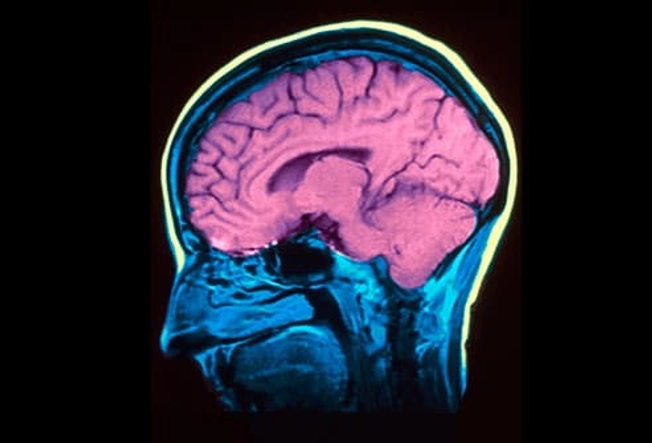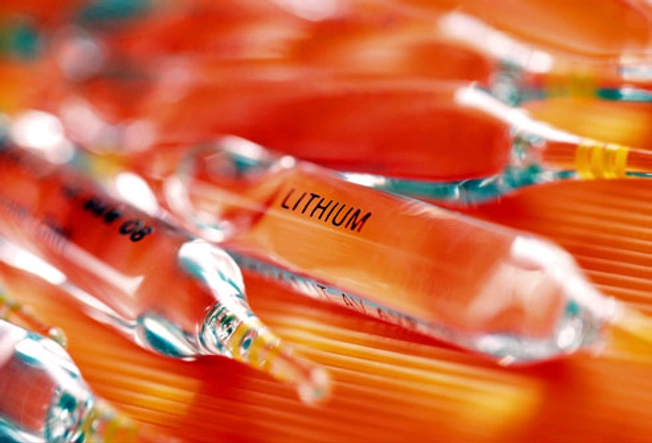Longer PFS with carfilzomib, lenalidomide, and dexamethasone, interim analysis shows

Use of a triple-drug maintenance combination appeared to improve progression-free survival (PFS) in patients with newly diagnosed multiple myeloma following induction therapy and autologous stem-cell transplantation, an interim analysis of the phase III ATLAS trialopens in a new tab or window suggested.
In an intention-to-treat analysis, the median PFS was 59.1 months for patients treated with carfilzomib (Kyprolis), lenalidomide (Revlimid), and dexamethasone (KRd) compared with 41.4 months for those treated with lenalidomide alone (HR 0.51, 95% CI 0.31-0.86, P=0.012) at a median follow-up of 33.8 months, reported Andrzej J. Jakubowiak, PhD, of the University of Chicago Medical Center, and colleagues.
In addition, the minimal residual disease (MRD) negativity rate, as evaluated after six treatment cycles, was 53% in the KRd group compared with 31% in the lenalidomide group (P=0.0035), they noted in Lancet Oncologyopens in a new tab or window.
“To our knowledge, this study is the first randomized phase III trial suggesting superiority of an alternative maintenance therapy to lenalidomide alone,” the authors wrote.
“Longer follow-up of ATLAS will allow confirmation of these results and assessment of sustained minimal residual disease negativity, efficacy in patients with high-risk disease, and overall survival,” they added.
At data cutoff, 76% of patients in the KRd group versus 71% in the lenalidomide group reached complete response or better, with no significant difference seen in terms of depth of response.
There were nine deaths in the KRd group and 11 in the lenalidomide group. Jakubowiak and team observed no statistically significant difference in overall survival between the groups.
In an accompanying commentaryopens in a new tab or window, Monika Engelhardt, MD, and Ralph Wäsch, MD, both of the University of Freiburg in Germany, noted that “ATLAS is a key trial suggesting that maintenance approaches with more than one drug, including lenalidomide, should be studied further.”
“These results also align with those of the FORTE trialopens in a new tab or window, in which carfilzomib plus lenalidomide maintenance improved progression-free survival compared with lenalidomide alone after carfilzomib-based induction with or without autologous stem-cell transplantation,” they continued.
Regarding safety, the most common grade 3 and 4 adverse events were neutropenia (48% in the KRd group vs 60% in the lenalidomide group), thrombocytopenia (13% vs 7%), and lower respiratory tract infections (8% vs 1%). Serious adverse events were reported in 30% of patients in the KRd group and 22% in the lenalidomide group.
One treatment-related adverse event led to death — respiratory failure due to severe pneumonia — in the KRd group.
Jakubowiak and colleagues acknowledged that, as expected, there were more toxic effects observed in the KRd group than the lenalidomide-alone group, but with “an acceptable level of safety and tolerability.”
Moreover, they pointed out that “using a minimal residual disease-directed and risk-adapted design, we show that to reduce the number of toxic effects with extended carfilzomib, lenalidomide, and dexamethasone treatment, patients with standard-risk disease who reach minimal residual disease negativity after six cycles of treatment can de-escalate to maintenance with lenalidomide alone while maintaining the benefit conferred by carfilzomib, lenalidomide, and dexamethasone.”
Engelhardt and Wäsch noted that carfilzomib combinations involve more intensive treatment and visits compared with lenalidomide alone, adding that clinicians will need to decide who will benefit from this combination in routine practice.
Additionally, they suggested that questions remain about the best regimen for high-risk patients, treatment length, and which combination doses and schedules should be used.
“Molecular analysis and minimal residual disease assessment to detect those who might benefit most from treatment are required,” they concluded. “Until the primary analysis of ATLAS is available, the interim data suggest that carfilzomib, lenalidomide, and dexamethasone in patients with newly diagnosed multiple myeloma after autologous stem-cell transplantation can be considered.”
ATLAS is an ongoing investigator-initiated, open-label, randomized trial, which is being conducted across 12 centers in the U.S. and Poland among 180 patients with newly diagnosed multiple myeloma. All patients had completed a type of induction and had stable disease or better, had undergone autologous stem-cell transplantation within 100 days, initiated induction 12 months before enrollment, and had an Eastern Cooperative Oncology Group performance status of 0 or 1.
Patients were assigned to KRd (n=93) or lenalidomide alone (n=87) from June 2016 to October 2020. Median age was 59, and 53% were men. Both groups received treatment for up to 3 years (36 cycles). Patients in the KRd group who had no detectable MRD, as well as standard-risk cytogenetics, received lenalidomide alone after completion of cycle eight.
























